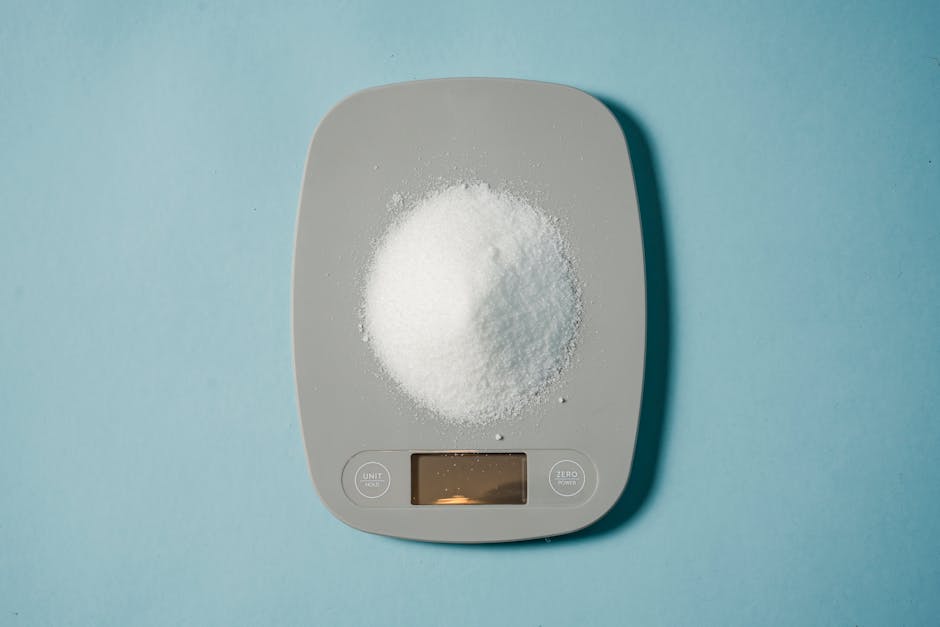Digital Detox 2.0: Reclaim Your Time in a Hyper-Connected World
In today's fast-paced, hyper-connected world, technology often feels like both a blessing and a curse. We live in an age where distractions abound, and our devices are constantly vying for our attention. Enter Digital Detox 2.0: a contemporary approach to reclaiming your time and focus. This method not only encourages a break from technology but also harnesses its power to restore balance in our lives. So, how do we navigate the digital landscape without losing our minds? Let’s dive into the strategies for effectively managing tech use, cultivating mindfulness, and improving productivity, all while embracing the realities of our digital lives.
Understanding the Need for Digital Detox

The average individual spends over 7 hours a day consuming digital media. Between social media updates, emails, and endless streaming options, our devices have become inextricable from our day-to-day existence. It's no wonder that feelings of burnout and anxiety are on the rise. Studies have shown that constant connectivity can lead to decreased focus and increased stress levels (Harvard Business Review). We need a structured approach to balance our virtual and real-world activities.
What is Digital Detox 2.0?

Digital Detox 2.0 is not about depriving yourself of technology; it’s about intelligent engagement. Rather than disconnecting entirely, this approach emphasizes using technology mindfully to enhance your life, rather than detract from it. This balance allows for self-reflection, creativity, and relationship-building in a digital space that can often feel isolating.
Key Components of Digital Detox 2.0:
-
Mindful Consumption: Engage with digital content that adds value to your life—be it educational videos, inspiring podcasts, or thought-provoking articles. Instead of mindless scrolling, choose media that fuels your passions or stimulates your intellect.
-
Scheduled Tech Breaks: Implementing periods of intentional disconnection can rejuvenate your focus. Allocate specific times during the day to step away from your devices. The practice can range from a simple 10-minute break to a full "tech-free" evening to foster deeper relaxation and connection with yourself and others.
-
Use of Productivity Apps: Surprisingly, technology can aid the detox process. Productivity apps help you manage your time better, set boundaries, and create schedules that foster creativity and concentration, leading to more fulfilling digital interactions.
-
Integrating Mindfulness Practices: Techniques like meditation, deep breathing, or yoga can complement your detox strategy, allowing you to regain mental clarity and calm in an often chaotic digital landscape. Mindfulness can create a mental space where you can still appreciate technology while reaping its benefits without getting overwhelmed.
The Intersection of Tech and Mindfulness

As we delve deeper into Digital Detox 2.0, it’s crucial to understand how mindfulness integrates with technology use. By being conscious of how our devices affect our emotions and mindset, we can better manage our interactions.
Tech Tools for Mindfulness

Embracing technology doesn’t equate to losing our focus; in fact, it can enhance it. Several tech tools can help facilitate mindfulness while allowing you to navigate through the constant barrage of information.
-
Meditation Apps: This may seem counter-intuitive, but apps like Calm or Headspace can guide you through focused, intentional meditative practices that enhance your awareness and productivity.
-
Focus Enhancers: Tools like Forest or Stay Focused enable you to limit distractions while completing tasks, which helps train your brain to work without the immediate lure of a notification.
-
Digital Journals: Documenting your feelings and thoughts can be enlightening. Tools like Day One or Journey help you maintain a digital diary, fostering self-awareness and emotional clarity while engaging mindfully with tech.
Strategies for Sustainable Digital Engagement

Achieving balance is not a one-time event but an ongoing process. Here are several strategies to integrate technology positively into your life while minimizing distractions:
Design Your Digital Space

Your digital environment plays a role in your state of mind. Just as you might declutter your physical desk, take time to optimize your online space. Having an organized digital workspace—whether on your computer or mobile device—can significantly enhance your focus.
-
Limit Notifications: By customizing your notification settings, you can cut down on distractions. Turn off non-essential alerts and prioritize communications that truly require your immediate attention.
-
Curate Information Sources: Follow blogs, news outlets, and social media accounts that inspire or educate you, rather than those that merely inform or entertain. This conscious consumption helps you engage in meaningful discussions and cultivates a productive digital ecosystem.
-
Digital Minimalism: Like its physical counterpart, digital minimalism encourages you to streamline your online presence. Focus on quality over quantity by engaging with fewer apps but using them more meaningfully.
Involve Your Community

Sometimes, collective efforts yield better results. Invite those around you to join in on the Digital Detox journey. Share strategies, hold a tech-free dinner, or host a digital decluttering challenge. Together, you can foster a supportive environment for mindfully using technology.
Developing New Habits

Creating new habits takes time and energy. Consider integrating small, manageable changes into your daily routine to improve your digital habits progressively.
-
30-Day Challenges: Commit to a 30-day digital challenge where each week must adopt a new aspect of Digital Detox 2.0. It could range from unplugging an hour before bed to trying out an app that promotes productivity.
-
Reward Yourself: Celebrate milestones and accomplishments, regardless of how small they are. Whether it's completing a tech-free weekend or organizing your digital files, reward yourself with something that reinforces your commitment to staying focused.
Digital Heirlooms: Creating Lasting Memories

Incorporating technology into nostalgia can also aid in relieving burnout. Delving into experiences that allow you to preserve memories can reclaim your mind’s focus. Creating digital time capsules can be an opportunity for reflection, allowing you to collect moments and archive them for future enjoyment without the constant demands of the present.
Engaging with Digital Communities

Finding solace and support in a virtual community can make the journey smoother. Participating in forums dedicated to Digital Detox initiatives or joining hyper-local digital communities provides shared experiences and diverse perspectives on maintaining a healthy balance in a colorful world of tech.
Revisiting Your Digital Footprint

As we work towards reclaiming our time and focus, it’s essential to acknowledge the implications of our actions in the digital sphere. Our digital footprint not only represents who we are today but also reflects our history and impact.
Understanding Digital Footprints
Your online presence shapes your identity in countless ways. Engaging with digital archaeology allows us to explore our footprints while understanding how our interactions influence our present and future. By embracing the concept of digital archaeology, we can uncover paths of growth and learning throughout our digital lives.
Addressing Online Privacy
This hangout in our digital lives also necessitates a focus on privacy. Understanding the risks associated with over-sharing online and ensuring your information is safe is crucial. With a plethora of data breaches and hacking opportunities rampant, learning about digital shadows can help cultivate a healthier online presence.
The Importance of Algorithmic Responsibility
As tech consumers, it’s vital to be aware of how algorithms influence the content we encounter. Engaging with the ethics of algorithmic taste can lead to a more conscientious interaction with technology, fostering a system that aligns with our values and passions.
Next Steps and Final Thoughts
Improving your relationship with technology is a journey rather than a destination. Implementing a Digital Detox 2.0 approach requires conscious effort and ongoing adjustments. The quest for balance amid a hyper-connected environment is more relevant now than ever, and it is possible to harness technology while carving out space for focus and presence.
Let us remember: Balance is not about abstaining from the digital world; it's about engaging with it purposefully and meaningfully. Challenge yourself to admire how technology serves as both a life enhancer and a source of potential disruptions. Reclaim your time, practice thoughtfulness in your digital engagements, and foster connections that matter, both online and offline.
By adopting these practical steps, you can navigate the digital landscape with confidence, cultivate mindfulness, and enrich your life through technology without losing your valuable time and focus.



